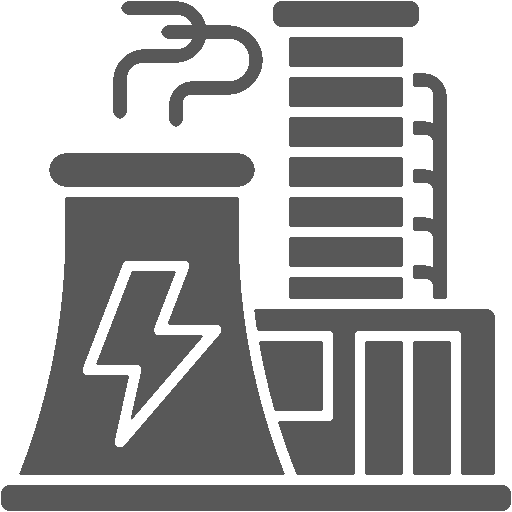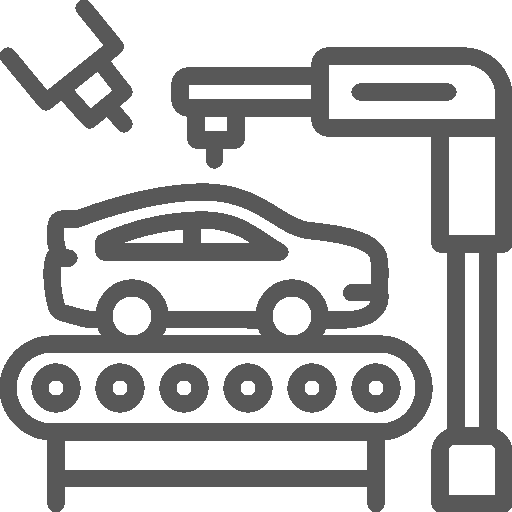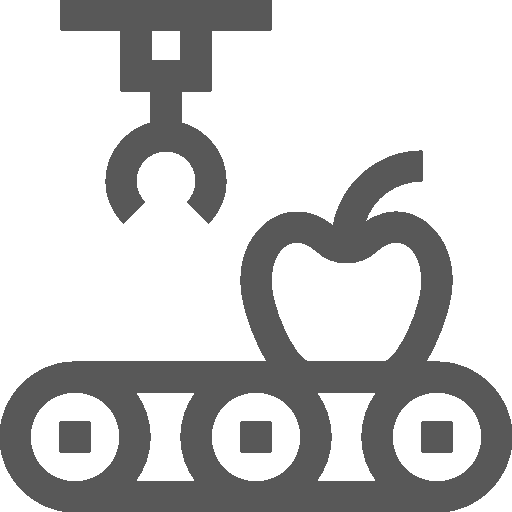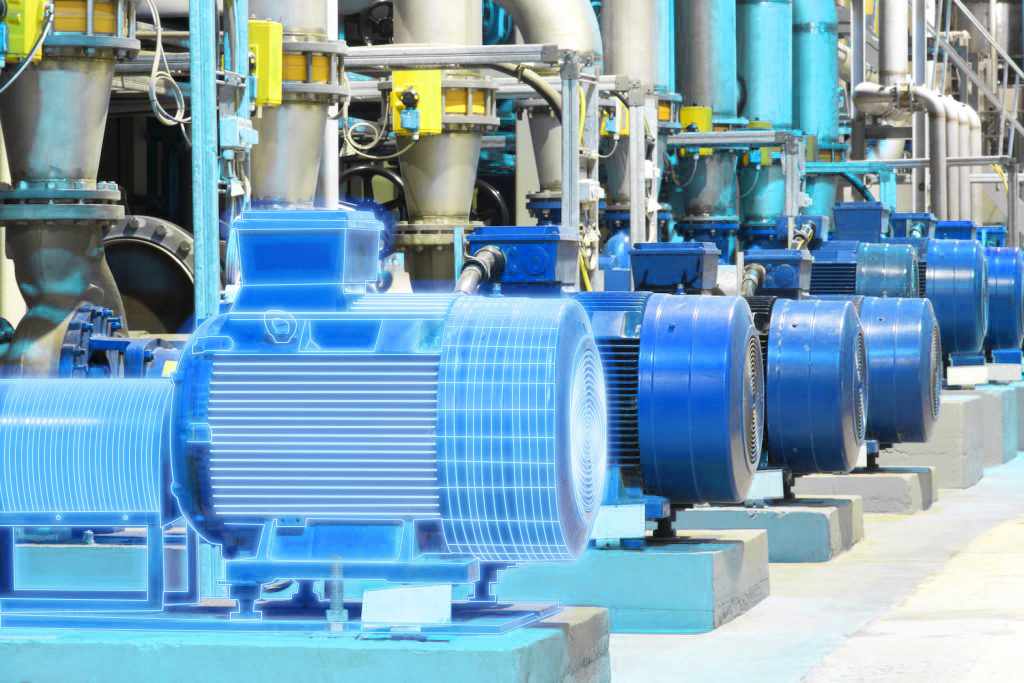
The highly competitive manufacturing landscape today requires staying ahead of the competition by maximizing efficiency at every turn. And this is where predictive maintenance is emerging as a key players since it streamlines production lines to boost efficiency. How does it do it? Well, predictive maintenance harnesses data-driven insights and cutting-edge technology to anticipate equipment failure before they happen. This approach is critical since it prevents downtime and slashes immensely expensive maintenance costs.
Let’s dig deeper into finding how predictive maintenance can revolutionize your production processes and the steps you can take to effectively implement this forward-thinking strategy (better late than never).
Contents
Comprehensive Understanding of Predictive Maintenance
Predictive maintenance is distinguished by its proactive methodology, which utilizes real-time data and sophisticated analytics to foresee potential equipment malfunctions before they disrupt production. This approach transcends traditional maintenance strategies such as reactive maintenance, which deals with repairs after failures occur, and preventive maintenance, which schedules maintenance irrespective of the actual condition of the equipment.
By employing advanced algorithms and machine learning techniques, predictive maintenance analyzes data collected from equipment . This analysis helps in determining the precise condition of the machinery, thereby predicting likely breakdowns and prescribing necessary preventative measures to avert them.
The Evolution of Maintenance: Condition Monitoring and Predictive Analytics
But Why Implement Predictive Maintenance
- Dramatic Reduction in Downtime: The primary benefit of predictive maintenance is its ability to significantly reduce unplanned downtime. By forecasting potential equipment failures, maintenance can be strategically scheduled during off-peak hours. This proactive planning helps maintain continuous production flow and prevents costly disruptions.
- Decrease in Maintenance Costs: Predictive maintenance allows for more targeted maintenance actions which prevent the wasteful expenditure associated with emergency repairs and excess spare parts inventory. This focused approach not only extends the lifespan of machinery but also cuts down the overall maintenance expenditure.
- Enhancement of Asset Performance: By maintaining equipment in optimal operating conditions, predictive maintenance ensures that the machinery performs efficiently. This leads to improved product quality, reduced material waste, and an increase in production throughput.
- Improvement in Safety Protocols: Early detection of potential failures allows for timely corrective actions, which enhances the safety of both the equipment and the employees operating it. This proactive identification helps in avoiding accidents and ensures a safer workplace.
- Informed Decision-Making: The wealth of data accumulated through predictive maintenance offers invaluable insights into the performance and health of equipment. This information empowers managers to make well-informed decisions regarding asset management, production optimization, and future investment in technology.
Steps to Implement Predictive Maintenance in Your Production Lines
Implementing predictive maintenance is a structured and strategic process that requires meticulous planning and execution. Below are the essential steps to effectively integrate predictive maintenance into your production operations:
- Identification of Critical Assets: The first step involves identifying and prioritizing the assets that are crucial for production. These assets typically have a significant impact on production continuity and are associated with high costs in case of failure.
- Installation of Sensors and Data Collection Instruments: Critical equipment should be outfitted with sensors that can monitor and record performance indicators such as vibrations, temperatures, and pressure levels. These indicators are vital for assessing the operational health of the machinery.
- Integration with Existing Management Systems: It is crucial to ensure that the predictive maintenance system is seamlessly integrated with existing production and management systems. This integration facilitates efficient data flow across different departments, enabling real-time decision-making and swift response to any impending issues.
- Development of Predictive Models: Leveraging historical data, predictive models are developed using machine learning algorithms. These models are capable of detecting patterns and predicting potential equipment failures.
- Configuration of Alerts and Notifications: The system should be configured to send automatic alerts and notifications upon detection of any abnormalities or potential failures. These notifications should be clear, actionable, and provide specific details about the issue, the equipment involved, and the recommended corrective measures.
- Training and Equipping the Workforce: It is essential to train the operational and maintenance staff on the new system. They should be well-versed in interpreting the predictive maintenance alerts and carrying out the necessary interventions effectively.
- Ongoing Monitoring and Optimization: Continuous monitoring of the system’s performance is key to its success. Regularly updating the predictive models and refining the system based on new data and technological advancements will enhance its accuracy and reliability.
Real-World Application
Consider a global automotive manufacturer that was experiencing frequent unplanned downtimes due to equipment failures. By implementing predictive maintenance, the company equipped key machinery like robotic arms and conveyor belts with sensors to continuously monitor vital parameters. The data collected was used to train machine learning models that accurately predicted when maintenance was required, thereby preventing unexpected failures.
As a result, within six months of implementing predictive maintenance, the manufacturer witnessed a 20% reduction in unplanned downtime, which translated into substantial savings in maintenance costs and lost production time. Additionally, the predictive insights helped optimize maintenance schedules, further reducing costs by 15%.
Overcoming Implementation Challenges With An Expert Help
While predictive maintenance offers numerous benefits, its implementation can pose certain challenges:
- Data Management Complexity: Handling and analyzing the vast amounts of data generated by sensors can be daunting. Investing in robust data management systems that can process and store data efficiently is crucial.
- Integration with Legacy Systems: Integrating new predictive maintenance technologies with older systems can be challenging. Collaborative efforts with IT specialists are essential to ensure smooth integration or to consider system upgrades where necessary.
- Initial Investment Concerns: Although the initial setup costs for predictive maintenance can be high, the long-term benefits in terms of reduced downtime and maintenance costs provide a substantial return on investment.
- Skilled Personnel Requirement: The effectiveness of predictive maintenance heavily relies on skilled personnel who can interpret data and manage the systems. Continuous training and development programs are necessary to build and maintain a proficient workforce.
The Key Takeaway
Predictive maintenance is transforming the landscape of manufacturing by enabling smarter, more efficient operations. By adopting a proactive approach to maintenance, companies can minimize downtime, reduce operational costs, and enhance equipment performance. Although it requires significant initial investment and skilled personnel, the long-term advantages make predictive maintenance an indispensable strategy for modern manufacturing environments. For more information or assistance in implementing predictive maintenance in your operations, don’t hesitate to contact us. Let’s optimize your production processes together!












 White Papers
White Papers Case Study
Case Study Documents
Documents Webinars
Webinars Events
Events ROI Calculator
ROI Calculator FAQ
FAQ